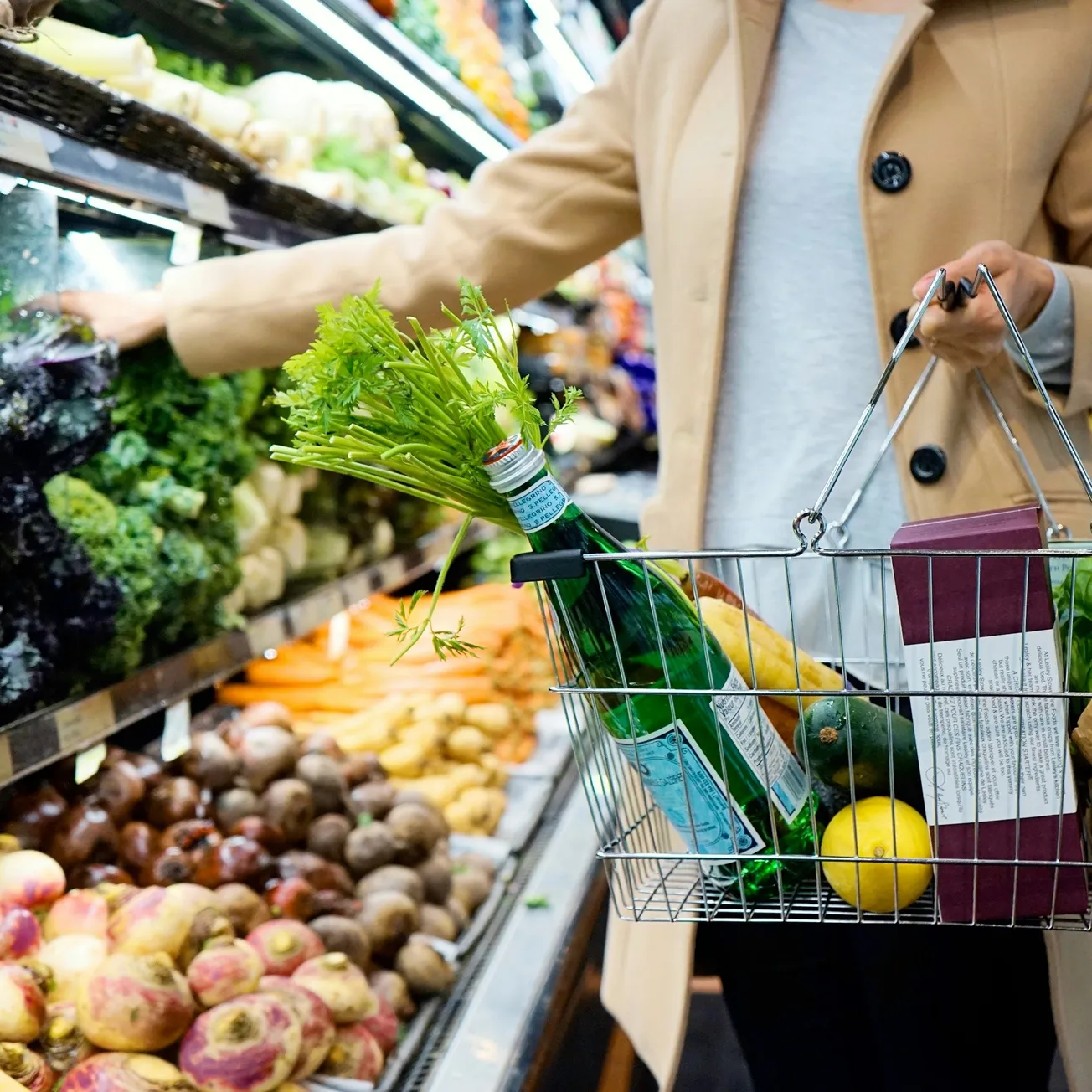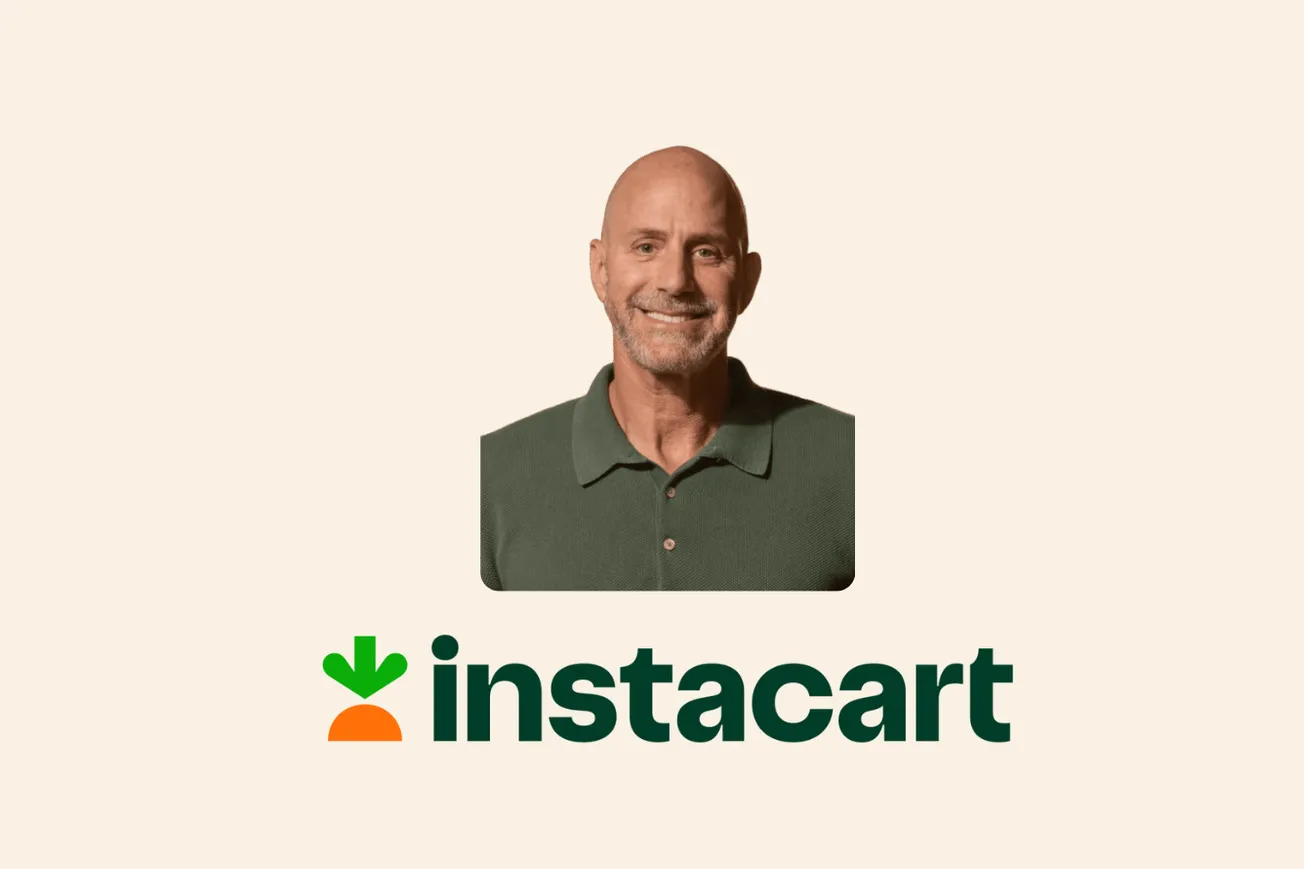Our engagement to help the Italian consortium that produces genuine Parmigiano Reggiano cheese to identify and stop trademark infringements, and thus strengthen its own brand reputation, set off a series of questions that at first bordered on the philosophical. But ultimately, going down this path shed much insight not only on this world-famous and beloved dairy product but on any commercial artifact that has built a brand and a reputation on the quality, distinctiveness, value or workmanship it embodies.

Andrew Brodsky
What does constitute genuine Parmesan cheese? How do consumers discern the real thing, and what makes them favor it over a fake? Why are consumers prepared to spring for the extra cost, and are there times when they aren’t? And, of course, who is making and selling fake versions of it, and how are they getting away with it?
The answers to these questions are complicated, but they point to some larger truths about brand ownership, provenance and true-blue products that are actually worth paying full price for, notwithstanding the almost ubiquitous presence, online and otherwise, of lower-cost imitations.
In the case of a product like Parmesan cheese, the most important attribute, finally, is how it tastes. The flavor of genuine Parmigiano Reggiano is unique, the product of very specific ingredients and processes. For example, the milk used in real Parmesan comes from the region of Parma and Reggio Emilia in Italy, and makes it to the cheese makers within 20 hours of leaving the cow. The name Parmigiano Reggiano signifies a cheese whose hard-won provenance is impossible to replicate anywhere else (think of storied Mediterranean sun and soil), and goes back 800 years.
Yet cheese vendors the world over sell cheese masquerading as Parmigiano Reggiano — or its accepted Anglicized name, Parmesan — that’s made in such places as Wisconsin and Argentina.
It’s said that imitation is the sincerest form of flattery. But for IP owners such as the Parmigiano Reggiano consortium, that flattery can come at a considerable cost. As documented in our most recent Cost of Counterfeiting report, it’s estimated that the global counterfeiting market stands at about $49 billion for the food industry alone.
No wonder rights owners are fighting back. The European Court of Justice gave the region that produces Parmigiano Reggiano the protection of its name and product.
It ruled in 2008 that the French-derived word ‘Parmesan’ is an evocation of Parmigiano Reggiano, and should be treated the same way. This means that in the EU, “Parmesan” is protected, as is Parmigiano Reggiano. The ruling indicates that the EU takes intellectual property rights seriously, and in light of that, Kraft Heinz recently stopped selling its version of Parmesan in Europe.
In the U.S. we also take IP rights seriously, but for some reason not when it comes to Parmesan, Champagne, or a variety of other food and beverage products. But if we were to, we could create a path back to achieving full value (and full retail price) when selling the real thing.
For example, it has been observed that the flavor of real Parmesan cheese is what separates authentic Italian cooking from our attempts to replicate it after we’ve returned from vacationing in Italy’s gastronomic paradise. Everyday cooks want to recreate those dishes, but then they reach for the tub of pre-grated “parmesan” cheese at the grocer. And the dish just isn’t as magical as what was experienced in Italy.
Rare specialties command the price differential — and that is the narrative we need to sell to our customers.
What we’ve found, in beginning to work with the Parmigiano Reggiano consortium on their online brand protection is that, to date, other than the European stance of protecting their trademark and product, everyone else is pretty much turning a blind eye to counterfeit Parmesans. This is particularly the case in the U.S., where legally, the term “Parmesan Cheese” is considered a generic label for any hard Italian-style grating cheese made from cow’s milk. As we’ve seen, Parmesan and other high-end specialty food products are anything but generic. All over the world, brands are increasingly falling prey to counterfeiters, losing not only sales but reputation. But consumers are also victims, played for their desire to pay a lower price for what seems to be (and has the same name as) the genuine article. They never experience it, they’ll never know the difference, and they will therefore never know why they should spring for the higher price.
Brands owe it to themselves and their customers to safeguard their integrity, and do this by deploying an effective brand protection strategy in order to tackle the rising challenge of counterfeits. So what can these brands do?
Well, by educating shoppers about the value that the genuine product embodies, and simultaneously implementing monitoring procedures to identify and eliminate fraudulent items or websites, they can wrest control back from counterfeiters. In doing so, they may also be making the world a better, and more authentic-tasting, place.
Retailers can also help their customers by letting them know about the real thing and why it’s worth the extra cost.
Andrew Brodsky is commercial director of NetNames, a global firm specializing in online brand protection and anticounterfeiting services. He is based in New York, and can be reached at Andrew.Brodsky@NetNames.com.






